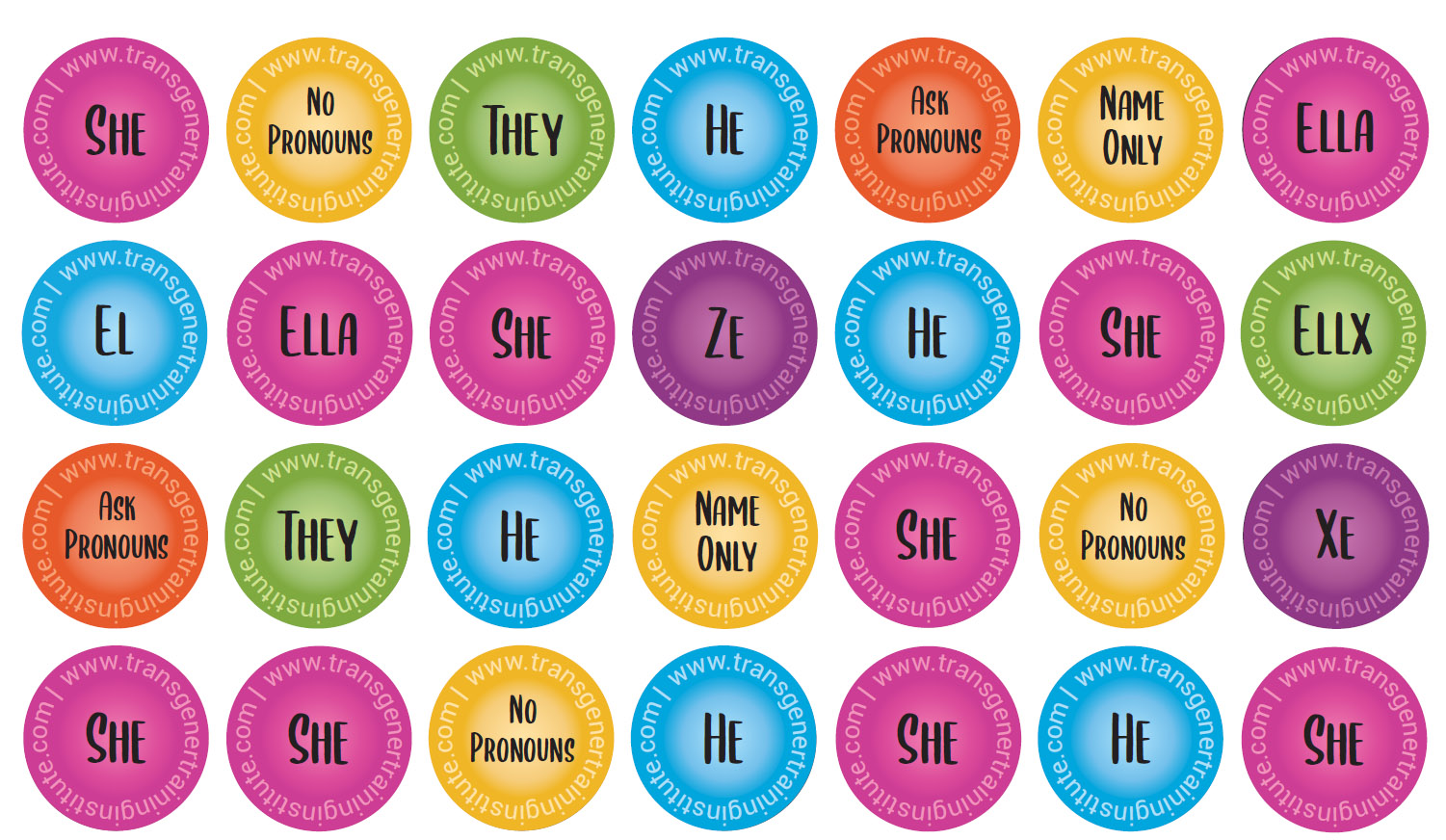Hi, my name is Aarti and my pronouns are she/her. You may have noticed people announcing their pronouns when introducing themselves or have pronouns in their e-mail signatures. What does that mean? Those are the affirming pronouns for that person. Pronouns refer to the third-person pronouns used in place of someone’s name (1). Affirming refers to making some one feel seen, respected, and valued. Using non-affirming pronouns, especially for transgender or non-binary people, is called misgendering, and is experienced as a microaggression (2).
You may have heard of preferred gender pronouns, or PGP, used in the past. Since pronouns are not preferred, they are what must be used, there has been a shift to using affirming pronouns. Pronouns do not necessarily associate with gender identity. You never want to assume someone’s pronouns by the way they look (3). If you are unsure of someone’s pronouns, it’s okay to just ask.
There are numerous pronouns that may be affirming for a person. Here are some common pronouns you may see. This is not a complete list and there are other affirming pronoun sets and some people may use a combination of these pronouns (4):
- She/her/hers
- She walks to school by herself
- He/him/his
- He walks to school by himself
- They/them/their
- They walk to school by themselves
- This is a gender-neutral pronoun set. “They” and “them” are used in the singular form
- Ze/zir/zirs
- Ze walks to school by zirself
- This is another gender neutral-pronoun set
- No pronouns
- Simply use the person’s name whenever referring to that person
Cisgender people can create an affirming environment and provide allyship for the LGBTQIA+ (Lesbian, Gay, Bisexual, Transgender, Queer, Intersex, Asexual, plus) community, especially transgender and non-binary people by sharing their pronouns when and where possible. They can state their pronouns when introducing themselves, include their pronouns in their email signature, or include their pronouns on any online/virtual platform. By doing so, transgender and non-binary people feel more comfortable and safer sharing their affirming pronouns (2).
Here are some tips to make your school a trans-affirming environment:
- Never assume someone’s pronouns, it’s okay to ask. When introducing yourself, state your pronouns and ask for their affirming pronouns. During an icebreaker, have everyone state their name, pronouns, and a fun fact.
- If you accidently misgender someone and use the incorrect pronouns, take accountability for your actions, apologize, and begin using the correct, affirming pronouns.
- Add your pronouns to email signatures, business cards, badges, name tags, Zoom/Google Classroom names, etc
- The Transgender Training Institute provides free, downloadable pronoun sticker sheets. These can be printed and shared with students, teachers, and other school staff (1).




